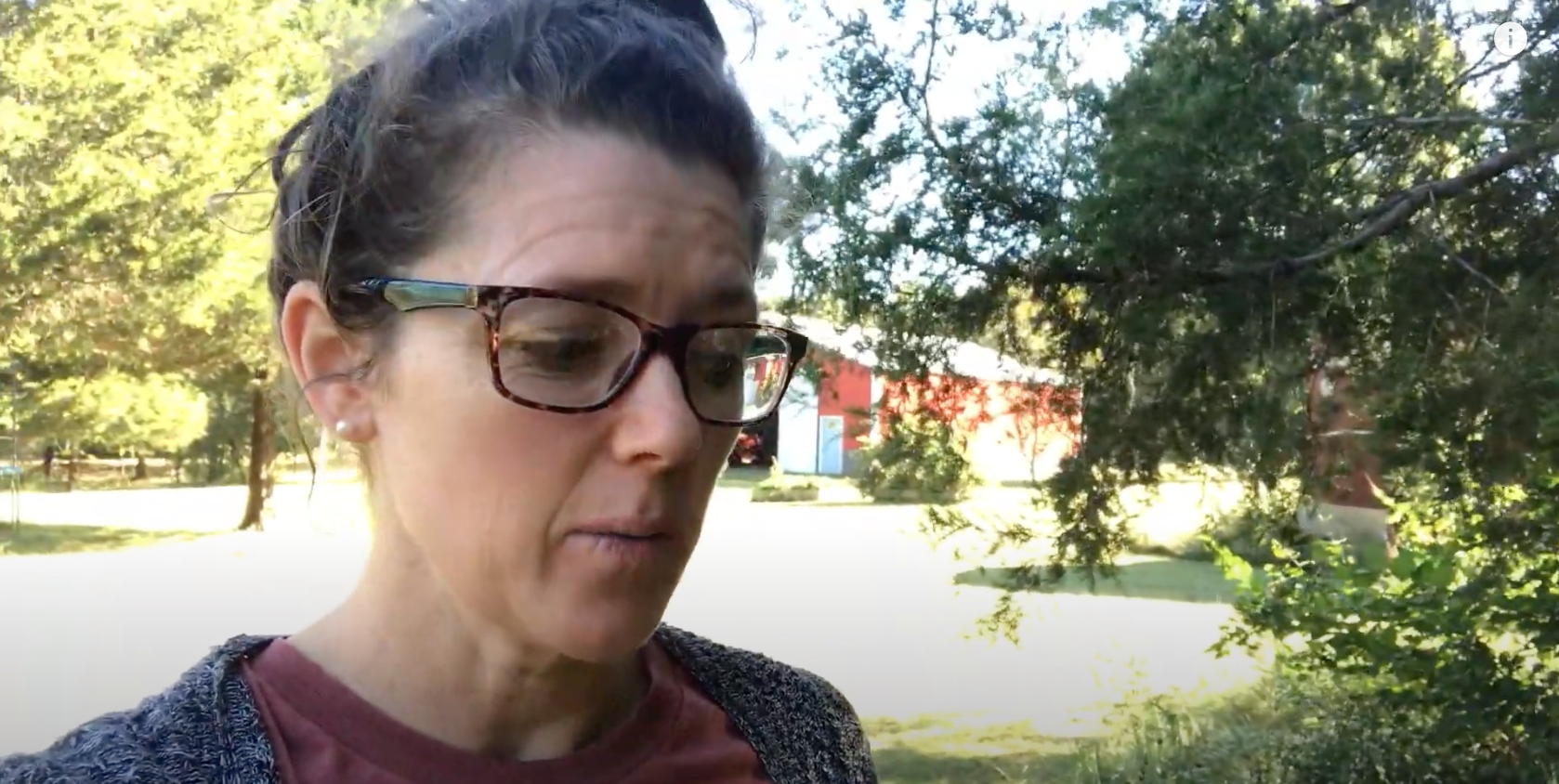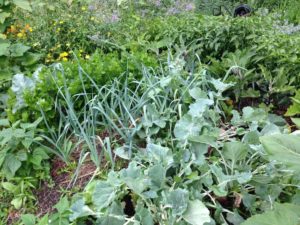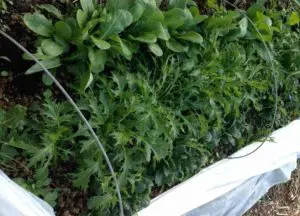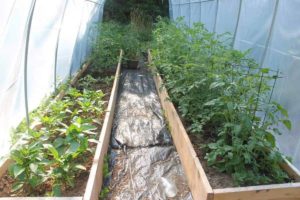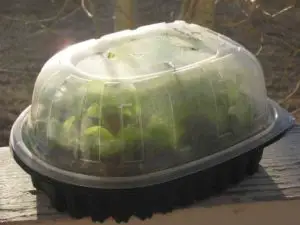A walipini, otherwise known as a sunken greenhouse, pit greenhouse, earth-sheltered greenhouse, or underground greenhouse, is a greenhouse that is built into the ground. Walipinis are used to extend food growing seasons. Countries with cool climates use walpinis to provide ideal growing conditions for plants that require warmth.
What is a Walipini and How Does it Work?
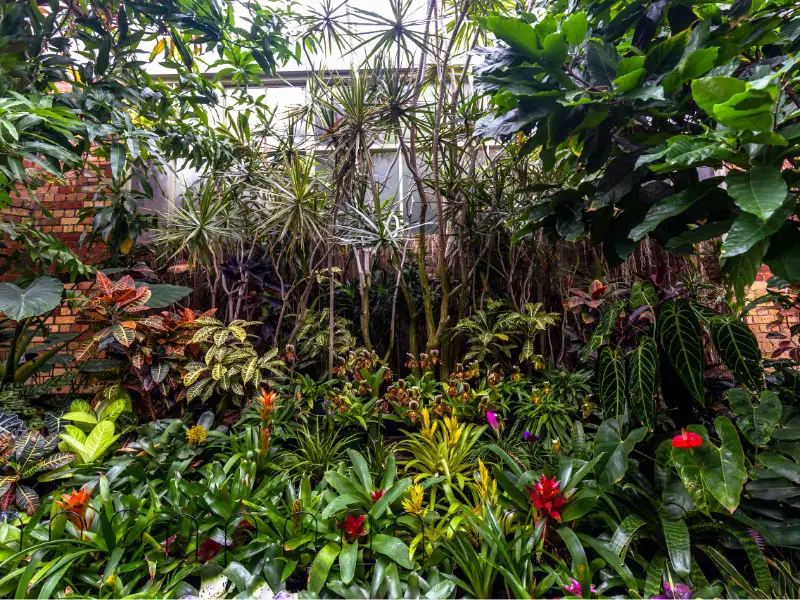
A walipini is a structure made from earth-sheltered cold frames and a slanted roof, which catches the sunlight.
Walpinis have been used since the Victoria era in Britain and pre-revolution Russia. Originally, walpinis were used for cultivating pineapples and other exotic fruits that grow best in warm climates.
Because walpinis are built into the ground, the structures allow for better temperature control than greenhouses built above-ground. The warmth from the earth surrounding a walipini helps store heat inside the frame. Walpinis require no heating, providing greenhouse-like settings for optimal growth in cold climates.
Walipini Greenhouse Design Considerations
Before building a walipini, consider the following factors:
Location
Walipinis can be built all over the world, as long as the soil is stable and suitable for building into. Your location will determine where you install your walipini and how you construct the walipini’s roof.
Make sure the roof of the walipini is angled towards the winter sun, allowing the greenhouse to be exposed for as long as possible to the sun as it moves across the horizon.
If you plan to build the walipini in partial shade, such as in the shade of a building, make sure that at least the majority of the day’s sunlight isn’t blocked by the building.
Soil Type
Some soils are better than others for using as structural support for a walipini greenhouse’s walls. Clay soils are heavy and have a high holding capacity, but these qualities make clay soils more likely to collapse if the walipini isn’t properly constructed.
Sandy soil comes with its own problems: this type of soil is hard to stabilize because it doesn’t hold onto a lot of water.
Clay soils are best for structurally supporting a walipini greenhouse — as long as the walipini is properly engineered.
Water Flow
The amount of rainfall in your location, and your area’s water table levels, affect the walipini building methods you should use. In areas that don’t get much rainfall, a berm (a raised vertical barrier) and covering should be built around the outside of the walipini to prevent rainwater from collapsing the walls.
In areas with a lot of rain or a high water table, installing drainage routes and retaining walls will prevent too much water from damaging the walipini.
How to Build a Walipini Underground Greenhouse
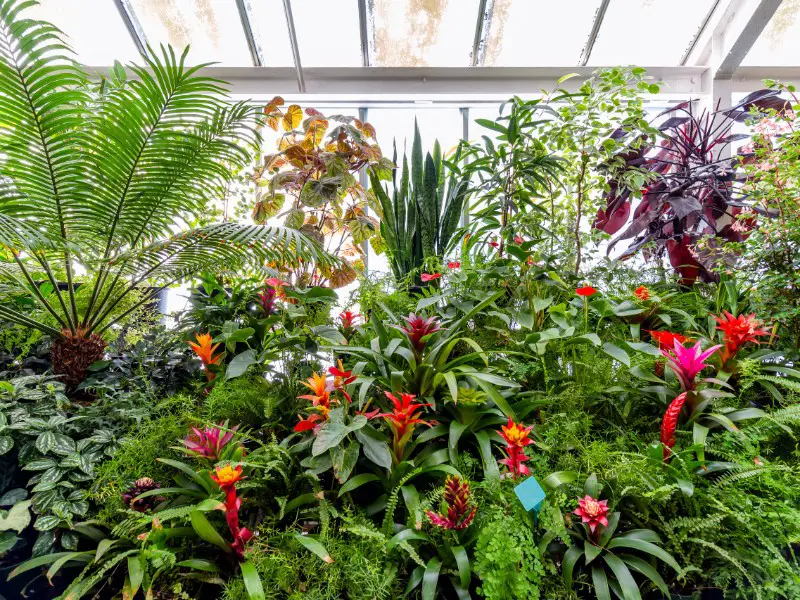
Based on the above considerations, each walipini design will be built uniquely. Focus on the following design aspects when building a walipini underground greenhouse:
Roof Angle
The angle of the roof should catch the sun and divert rain. Slope the roof downward, and in the direction of the sun.
This slope will divert rain, too. In rainy areas, consider using a drainpipe to send rain away from the bottom slope of the roof to prevent the ground from becoming oversaturated with water.
Drainage
Your area’s water table should be at least 5 feet below the bottom of the walipini.
If the water table is higher than this, and water runs into the walipini, extra drainage is required. Water excavation channels can be used to divert water away from the walipini.
If the walipini is prone to minor flooding, a sump pump can be used to lift water out of the structure and away from the area.
Bermed Sides
A berm is an artificial raised barrier that can be used to vertically separate two areas. Berming the back side of a walipini greenhouse can provide extra structure and reduce the amount of water that enters the walipini.
The slope of the berm can be adjusted to suit the local climate. A long, shallow, sloping berm is suitable for directing water away from the walipini in areas of continuous rains.
Waterproofing
Plastic sheeting or roofing membrane can be placed over the berms in a walipini to provide extra protection against rainwater and reduce the risk of flooding.
Waterproofing sheeting doesn’t look attractive, and design methods can be used to reduce the appearance of this essential construction element.
Entrance Area
The entrance into a walipini doesn’t have to be a standard door. A hatch at the side of the structure, with a ladder to climb down into the walipini, creates an affordable, space-saving access point.
Stairs and a proper doorway are more convenient for transporting seeds, equipment, and harvests. The type of access will depend on the simplicity of the walipini’s design.
Ventilation
Walipinis can get overly warm and humid in the summer months, creating an unpleasant growing environment. Adding windows to the roof will allow for better air circulation.
Fans and chimneys can also be used to draw warm air out and cool air in on heavily humid days.
Space for Growing
The main purpose of building a walipini is to grow plants out of season, so the space for growing should be optimal to the specific plant’s needs. Use raised beds to separate growing areas, or, if the soil is suitable, use the floor as the planting area.
In most cases, additional soil is required for growing. Around 10 inches of high quality soil will provide the nutrients needed for plant growth.
Rainwater Collection
Rather than diverting rainwater away from a walipini, make better use of the water by storing and saving it to water your plants. Use rain barrels to collect water that drips from the roof, or use gutters to redirect rainwater into containers inside the walipini.
Use enough tanks or containers to catch rainwater without overflowing and potentially flooding the area, which could cause structural damage.
Benefits of Walipini Greenhouses
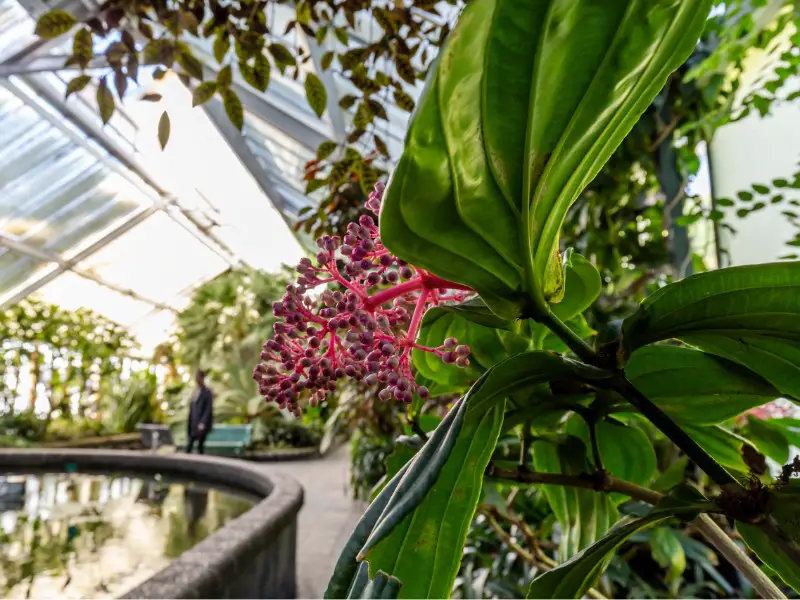
Walipini greenhouses provide the following benefits:
Shelter Against Wind
Windy locations can make outdoor growing difficult. An above-ground greenhouse doesn’t offer the best protection against wind because wind could blow the doors open or rip the windows off. On hot, windy days, you may have to use a fan to keep plants cool to prevent damage to the greenhouse or plants.
Underground walipinis don’t have the same wind issues because the structures are protected against the wind. Most of the walipini is built into the ground, and can’t be touched by strong winds.
Climate Control
Heating an above-ground greenhouse in the winter months is expensive. Trying to control the greenhouse’s climate in the summer can be difficult because even with all the doors and windows open, the temperature inside can become so hot that plants struggle to grow.
Walipini greenhouses allow for better climate control than above-ground greenhouses. Despite the temperature outside, the earth stays at a similar temperature throughout the year. In the cold winter months, the earth provides insulation, and in the warm summer months, the earth keeps the walipini cool.
Potential Cost Savings
The cost of digging a space for a walipini can be cheaper than sourcing the materials and building an above-ground greenhouse.
Average walipini costs depend on the amount of work required to build a safe structure underground. In all scenarios, money can be saved on buying materials because far fewer materials are needed — only the roof, berm, and insulation are required.
Reduced Cleaning Responsibilities
Cleaning the glass walls and roof panels is essential to allow for light to pass through the greenhouse structure.
Cleaning an above-ground greenhouse takes more time than cleaning an underground walipini because greenhouses have far more glass panes than walipinis. Only the glass roof of a walipini needs to be cleaned, requiring less maintenance work than is required by above-ground greenhouses.
Extended Growing Season
Perhaps the biggest benefit of walipinis is that they allow gardeners to grow all types of plants in all seasons.
Many tropical plants can’t handle the cold temperatures of above-ground greenhouses in the winter. Gardeners must either bring the plants into their homes or only grow the plants in the warmer summer months.
Walipini greenhouses don’t limit the growing season to several months. Walipinis hold onto heat in the winter, meaning that tropical plants can be grown year-round.
The Cost of Building a Walipini
The average cost of building a walipini is $300–$600. There are several factors affecting the cost of building a walipini, including:
- The intended size of the walipini
- Whether you plan to excavate and build the walipini yourself, or whether you will pay for professional labor costs
- The soil type, and how much drainage and stabilization work is needed
- The cost of materials in your local area, and how many materials are needed
In many scenarios, the cost of building a walipini is higher than the cost of installing an above-ground greenhouse. However, a walipini’s energy efficiency and climate control help the avid gardener to save money and hassle in the long term.

